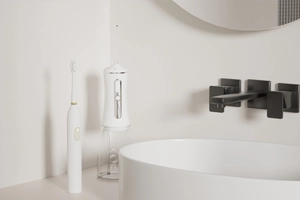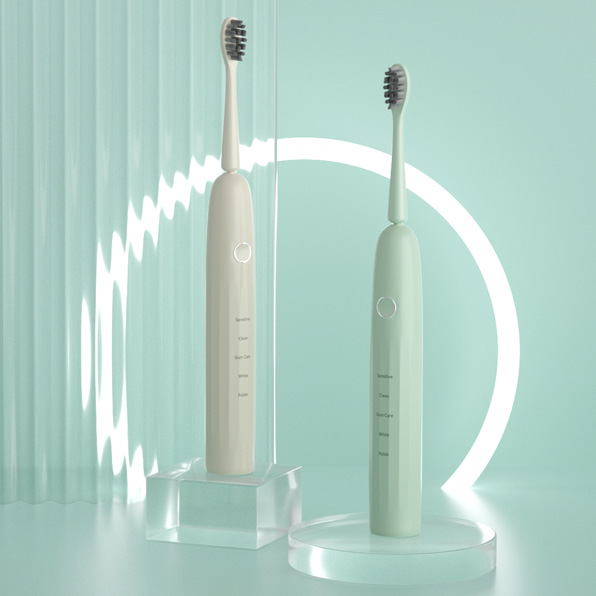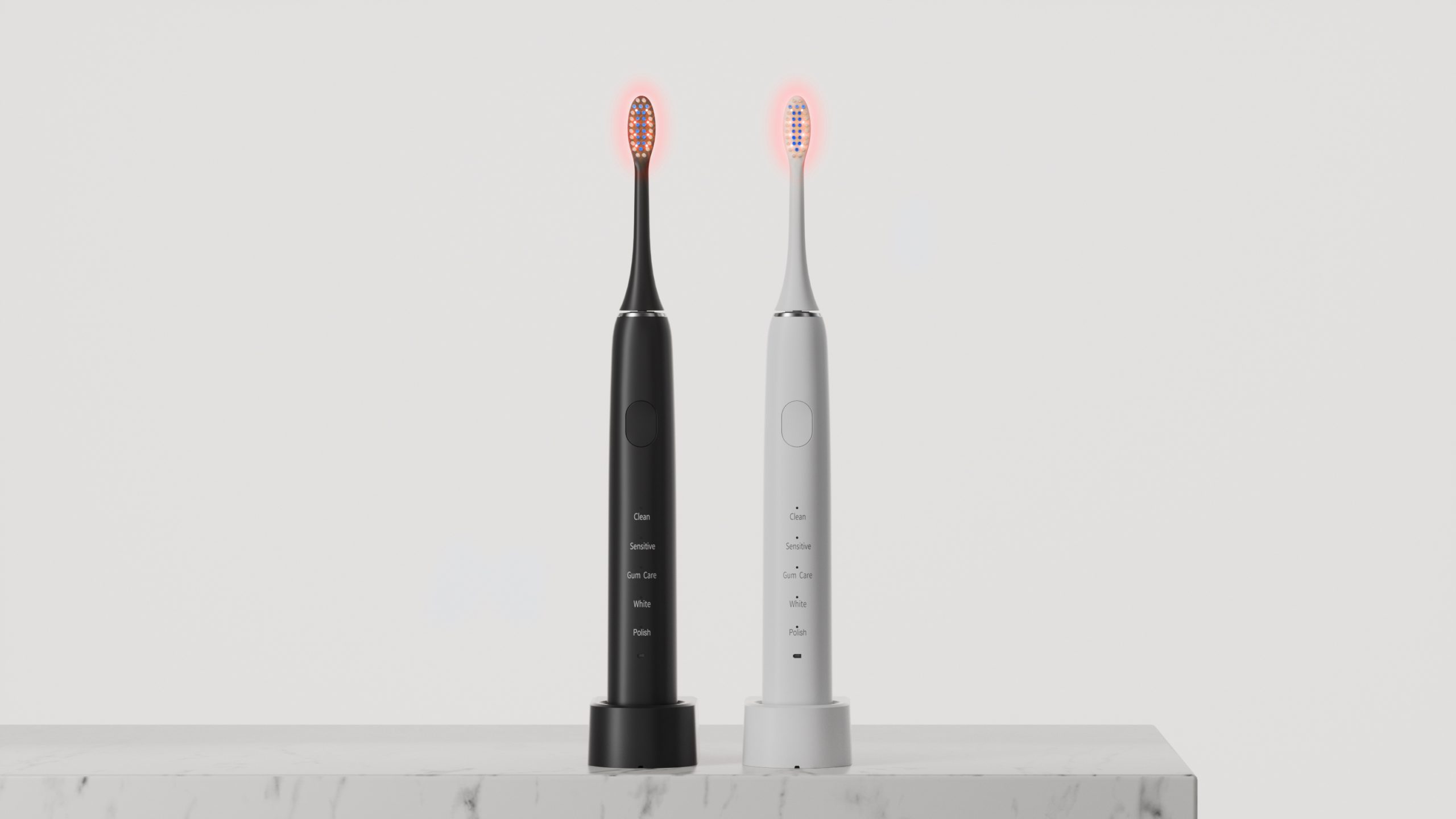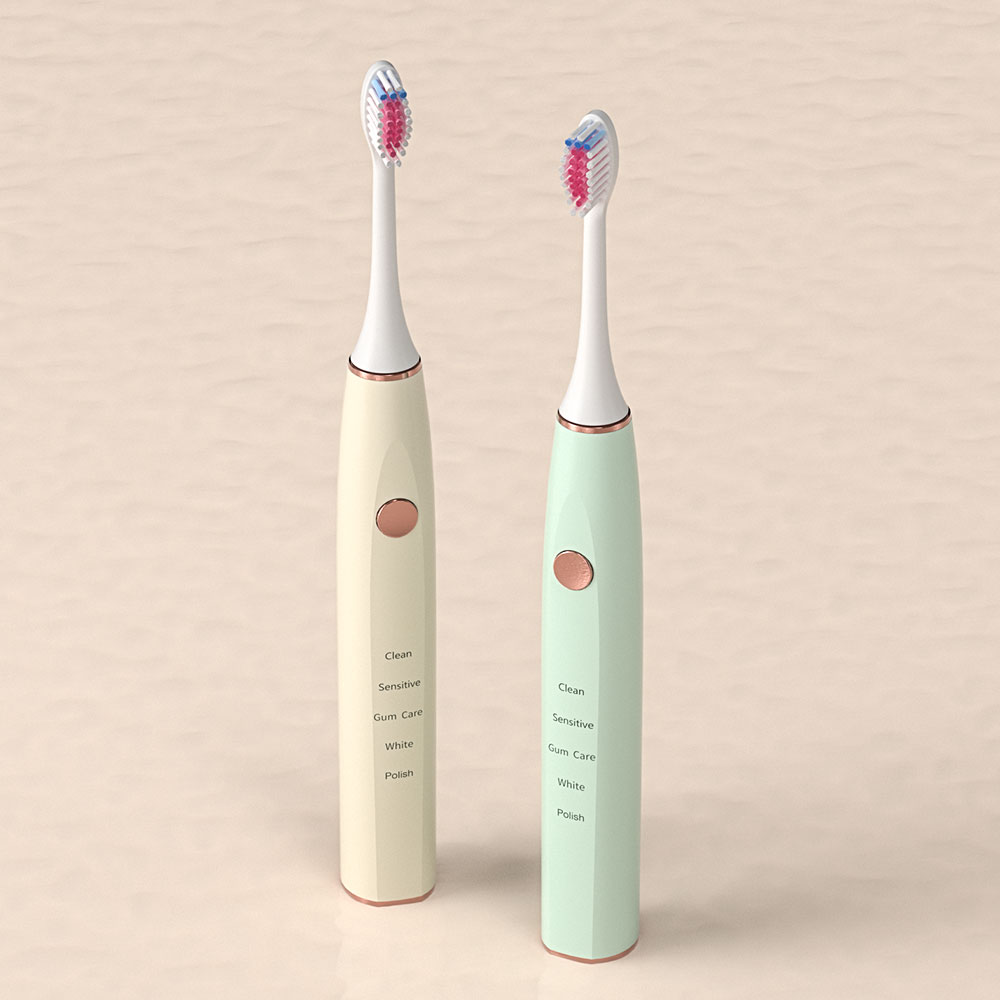Sustainability only works when engineering, retail, and reverse logistics move together. For electric-toothbrush brands and OEM/ODM partners, the Seattle recycling program is the perfect stage to prove circular design—especially when showcased at a high-visibility Seattle demo store. Below are six B2B essentials to launch, measure, and scale a credible take-back loop for brushes, heads, chargers, and batteries.
First, establish what the Seattle recycling program accepts and why it matters to your P&L.
Next, turn the Seattle demo store into a hands-on circularity hub.
Moreover, recycling performance starts at CAD, not at the bin.
Meanwhile, align incentives so customers want to return parts.
Furthermore, design a backend that’s safe, auditable, and cost-controlled.
Finally, instrument the pilot and let data drive expansion.
To make circularity real for electric toothbrushes:
Want a turnkey package (store signage, SOPs, CAD DfD checklist, QR/credit flows, and KPI dashboard) tailored to your electric toothbrush SKUs? I can deliver a production-ready draft for immediate deployment. Contact us
.jpg)
.jpg)

Beginner’s Guide to Water Flosser Pressure Settings
Austin Eco Toothbrush: Sustainable Oral Care from Factory to Home
SF Toothbrush Deals: Factory-Direct Discounts from China to San Francisco
Seattle Electric Toothbrush Demo Store
Quiet Electric Toothbrush Seattle Apartments
Children’s Day Gift Ideas Electric Toothbrush | Powsmart

Corporate Wellness Electric Toothbrush OEM: Employee Health Programs
Are Filter Degradation and Voltage Drops Linked?
Is Your Electric Toothbrush Losing Power Too Fast?

Customizing Specialty Electric Oral Care Electronics for OEM

Functional Electric Toothbrushes: Building Market Competitiveness through OEM Innovation

How Dentists Start an Electric Toothbrush Business Introduction
China Electric Toothbrush Factory Shipping Seattle Port | Reliable Supply

How much does it cost to manufacture a toothbrush?
.jpg)
How does wireless inductive charging technology make charging simpler and more elegant?
Best Kids Electric Toothbrush Birthday Gift | Powsmart

electric toothbrush heads Charcoal Infuse-Round

Private Label Whitening Gel

electric toothbrush heads Ultra Soft

Electric toothbrush heads Charcoal Infused-Diamond

electric toothbrush heads Deep Clean

Customization Teeth Whitening Gel
.jpg)
Florida Electric Toothbrush – Powsmart PTR-C8

electric toothbrush heads Regular Clean
whstapp
whstapp
National Toll-Free Service Hotline
+86 755 86238638